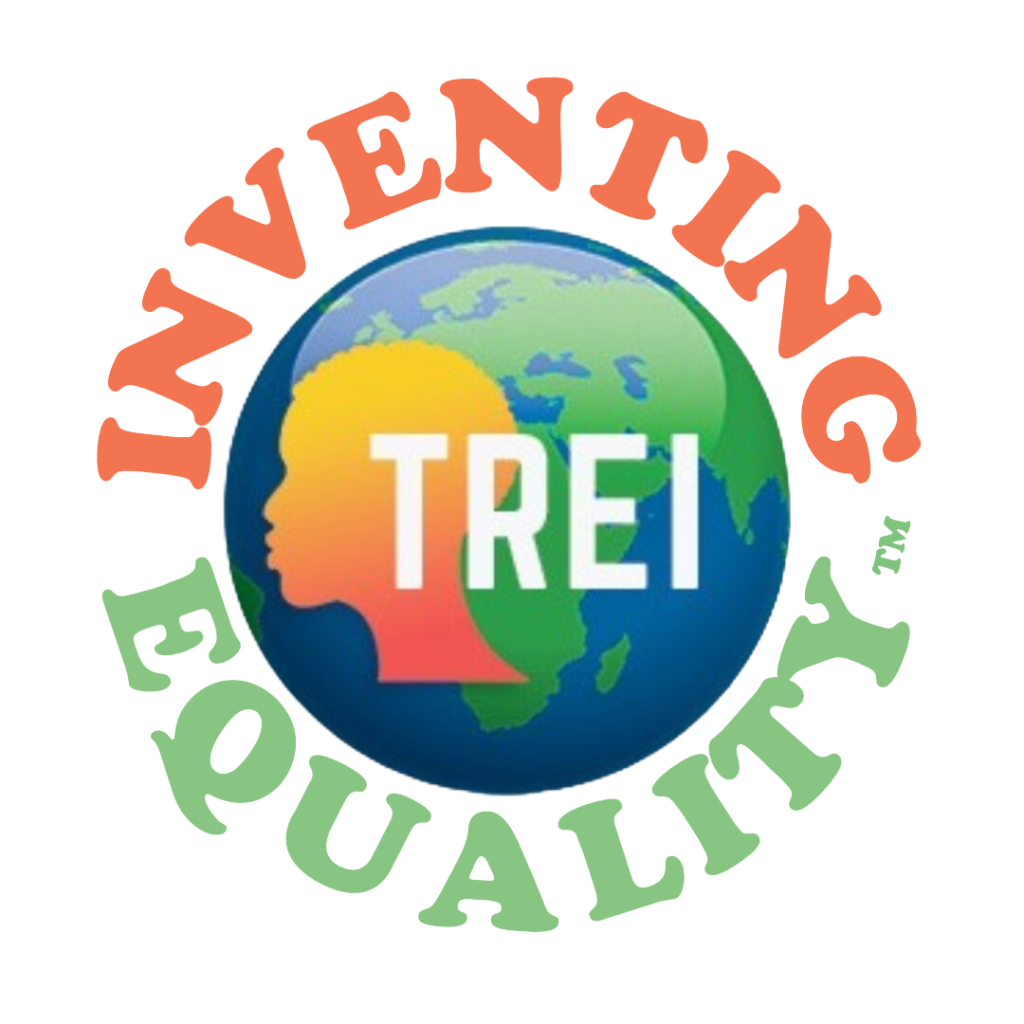by Laya Bommireddy
Intergroup Contact Theory, otherwise known as the contact hypothesis, was proposed by Gordon Allport1 during the “Jim Crow” era in the United States. The theory promotes that nurturing interpersonal contact between different social groups can reduce conflict and prejudice between different social group members. But, he added that superficial contract between groups often reinforces prejudice.
Intergroup contact is most effective in reducing prejudice “when [members of] the two groups share similar status, interests, and tasks and when the situation fosters personal, intimate intergroup contact”3 (p. 751-2). Allport’s original theory suggests that intergroup contact is most effective when four integrated conditions are met: equal group status, common goals, intergroup cooperation, and support from authority. The presence of these features during intergroup relations reduces prejudice and is distinguished from other types of contact where prejudices may be reinforced. For example, interactions between a male doctor and female nurse may not be compatible with intergroup contact between males and females since this context reinforces patriarchy or male dominance.
Components of Intergroup Contact that Reduces Prejudice
Equal Group Status
Equal group status contends that people in intergroup contact should not have a hierarchical relationship to one another1. Examples of hierarchical relationships include employer and employee, or teacher and student. In an ideal contact situation groups will be of similar status, whether that refers to employment, socio-economics, or some other status-based mechanism of stratification. The importance of this factor is observed through field studies of public housing where people of different races but similar socioeconomic status engaged in intergroup contact across various housing projects in New York City. Research shows that this equal-status contact between Black and White residents corresponded to more positive intergroup relations3.
Common Goals and Intergroup Cooperation
Groups involved in intergroup contact interventions should share and engage in active efforts to achieve common goals1 that are non-competitive in nature. Allport contended that for intergroup contact to be effective in reducing prejudice, common goals must be attained through collaboration1. Service-learning offers a clear example of how individuals can participate in intergroup cooperation to achieve a common goal. Service participants are required to form a collaborative environment in which they must actively work with the larger community to define the common goals fit for the community. Once they establish these objectives, participants must collaborate in order to achieve these goals through their service5. In this situation, common goals and intergroup cooperation can be observed both among the service participants, and between these participants and the community.
Support of Authority, Law, and Custom
If social group members perceive that intergroup contact is supported by authorities; for example, law, educators/schools, parents, or custom, and these entities establish norms of acceptance, group members can interact in more positive conditions1. Besides ensuring that members of contact engage as equals, share common goals, and work collaboratively, intergroup contact must be accompanied by some sort of authoritative support from entities such as the law, custom, or an organizational structure. These structures can subsequently model and establish norms which foster intergroup engagement. Such norms must also set expectations for both groups to hold mutual respect and accept inter-group differences so that intergroup engagement is meaningful and reduces prejudice6.
In addition to support from authorities, there should not be any codified segregation of groups1. In fact, integrative legislation can play an important role in creating norms of acceptance, such as the Civil Rights Acts did in American society4. Allport’s Intergroup Contact Theory has generated thousands of studies, books, and interventions that when combined, corroborated and improved on his work. See a guide for fostering meaningful intergroup relations here: A Guide to Building Bridges and Meaningful Connections Between Groups.
References
- Allport, G. (1954). The Nature of Prejudice. Addison-Wesley.
- Kenworthy, J.B., Turner, R., Hewstone, M., & Voci, A. (2005) In John F. Docividio, Peter Glick, & Laurie A. Rudman (Eds.), On the nature of prejudice fifty years after Allport. Malden, MA: Blackwell Publishing
- Pettigrew, T.F., & Tropp, L.R. (2006). A meta-analytic test of intergroup contact theory. Journal of Personality and Social Psychology, 90(5), 751–783. https://doi.org/10.1037/0022-3514.90.5.751
- Pettigrew, T.F., & Tropp, L.R. (2005). Allport’s intergroup contact hypothesis: Its history and influence. On the nature of prejudice: Fifty years after Allport.
- Murphy, J.W., & Rasch, D. (2008). Service-Learning, Contact Theory, and Building Black Communities. Negro Educational Review, 59 (1–2), 63–78.
- Dehrone, T.A., Tropp, L.R. (2022). Cultivating Contact. A Guide to Building Bridges and Meaningful Connections Between Groups. American Immigration Council.

